- Home›
- Weird Story›
- Reason Why Giraffe Has Long Necks
Reason Why Giraffe Has Long Necks
By: Priyanka Maheshwari Mon, 04 May 2020 3:45:26
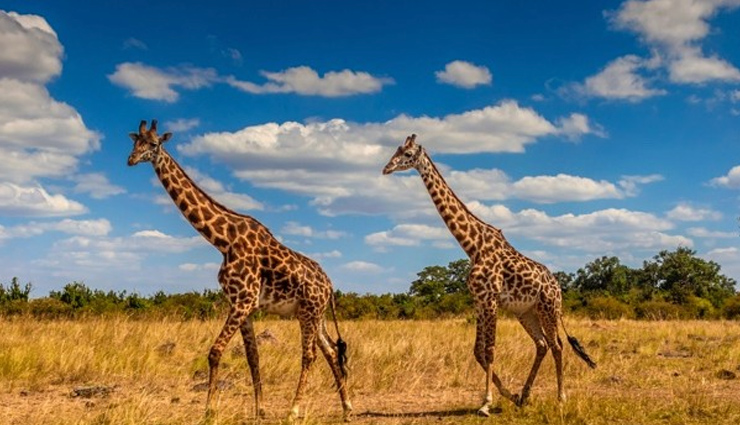
The challenge of evolutionary biology is to explain the origin and function of adaptations. Sometimes things can prove to be more complicated than they appear at first sight. One example is the giraffe, or rather its improbably long neck. It appears obvious: the giraffe’s neck, which can grow to as much as two metres in length, has been selected because it gives its owner exclusive access to the topmost leaves of the trees, and no other animal can reach them. This, then, is an adaptation designed to avoid competition for food with other animals.
For many years this was the accepted version – after all, Charles Darwin, no less, touched on the question in The Origin of Species. Darwin explained that the species had obtained its very long neck by small, successive stages, each individual with a slightly longer neck being able to survive on average a little better than their shorter-necked relatives:
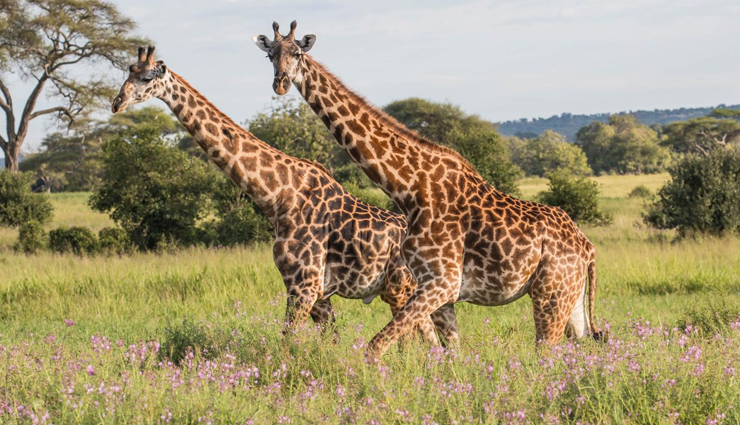
“The giraffe, by its lofty stature, much elongated neck, fore legs, head and tongue, has its whole frame beautifully adapted for browsing on the higher branches of trees. It can thus obtain food beyond the reach of the other ungulata or hoofed animals inhabiting the same country; and this must be a great advantage to it during dearths …. So under nature with the nascent giraffe, the individuals which were the highest browsers and were able during dearths to reach even an inch or two above the others, will often have been preserved.”
Subsequently, the giraffe’s neck became a textbook case, featuring as an example of natural selection in numerous books and popular articles. In the mid-1990s, however, some biologists raised a major objection to this argument: observations suggested that giraffes did not use their long necks much at all to browse at heights. In fact, at times when competition for food was fiercest, the females could spend up to half their time with their necks held horizontally rather than exploiting their height advantage. These biologists put forward a different scenario, one which revolutionised the classic view of the evolutionary history of the giraffe.
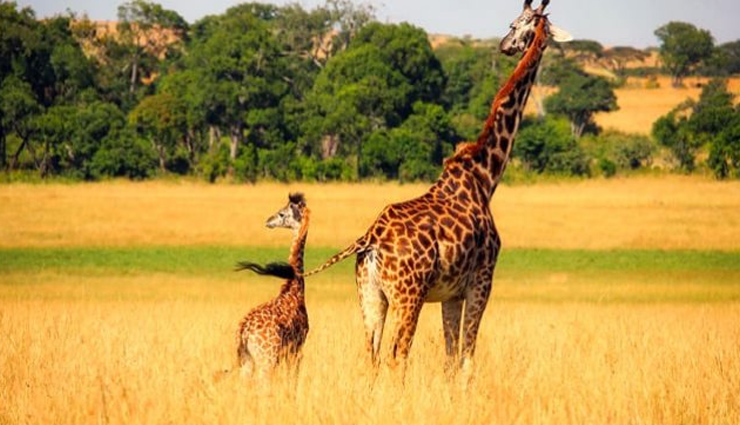
The purpose of a giraffe’s neck, they argued, is primarily as a weapon to be wielded in fights between males, just as a male antelope uses its horns or a stag its antlers. Male giraffes indulge in bouts of ‘neck fighting’ to gain access to the females, swinging their necks at each other violently and using their heavy heads as coshes. The male’s skull is extremely thick, and when used as a weapon is capable of breaking vertebrae: the Republic of Niger has only a tiny giraffe population, but in 2009 it recorded two deaths following bouts of neck fighting. In this context, it is clearly an advantage for a male giraffe to have a thicker neck than its rival, and a longer neck provides greater flexibility and torque, thereby making it a more effective weapon. The males that reproduce most successfully also have the longest necks, and so the evolution of the giraffe’s neck turns, quite literally, into a tall story.
If this is the case, however, why are female giraffes’ necks also long? The only explanation so far offered is that it might be a case of ‘genetic correlation between the sexes’ – the hypothesis that is so often dragged out when no other explanation seems to fit. Although persuasive, this idea does not explain things very well. If sexual selection is the cause, males should have noticeably longer necks than females, but a study in 2013 found that males’ necks were only slightly longer than the females’, a difference too small to be explained by sexual selection alone.
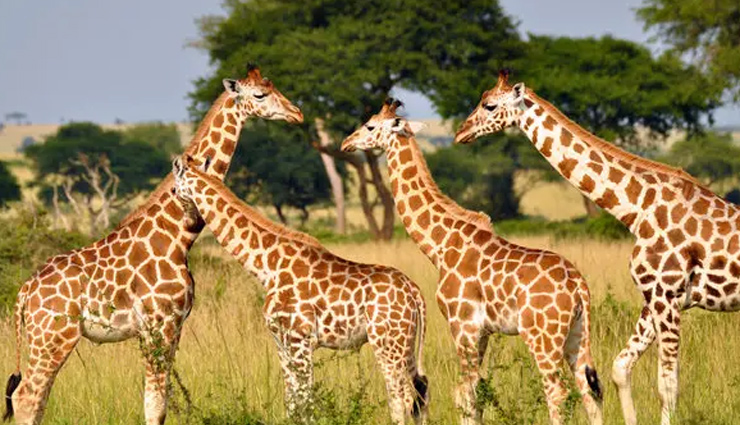
To confuse matters further, a study undertaken in 2007 had concluded that giraffes do indeed use their necks to graze the topmost branches. The researchers fenced off some trees with wire netting so that smaller herbivores could not reach the lower branches, but giraffes could still graze by reaching over the top of the netting. When the fenced-off trees were compared with unfenced trees, the researchers found that the giraffes did, in fact, browse the higher branches when other species were competing for the lower leaves. So perhaps Darwin was right after all: giraffes use their long necks in order to avoid competition. Fossil evidence supplies further backing for his hypothesis: it appears that giraffes developed their long necks between fourteen and twelve million years ago, a period during which Africa underwent a general aridification and its forests gave way to savannah. As the number of trees diminished, competition for each tree must have increased, so favouring the selection of a long neck.
Fortunately, one explanation does not exclude the other: the ability to graze the higher branches is probably an advantage that shaped the evolution of the long neck for both sexes, while its use as a cudgel in competition between males is an evolutionary factor that explains the significant difference in thickness between male and female skulls. In summary, the giraffe’s neck has a number of uses, and it can be difficult to say which of them has most strongly influenced its evolution.
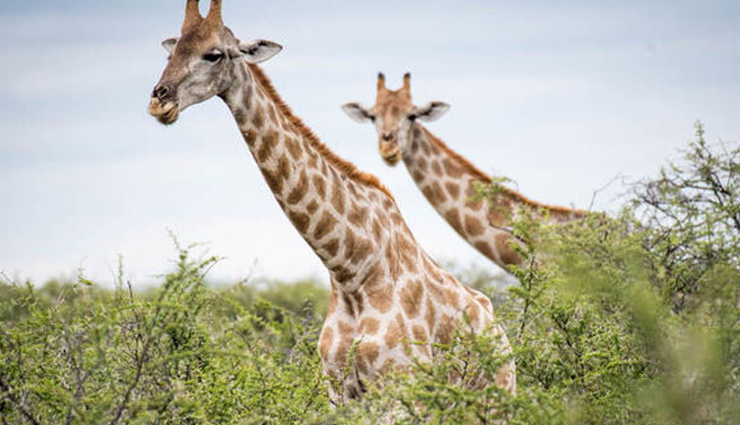
In addition, field biologists have proposed a flurry of other hypotheses to explain the neck’s elongation. Perhaps the lofty view it affords helps the animals spot predators, or maybe its large surface area assists in regulating body temperature. It has even been suggested that the neck might have evolved in response to giraffes’ legs getting longer, so ensuring that they could continue to drink at waterholes.
The evolution of the giraffe’s neck shows the range of methods employed by scientists in their attempts to trace the evolutionary history of an adaptation. Over the past 140 years, Darwin and his heirs have proposed a variety of rival theories. After painstaking fieldwork and passionate argument, some of these have been judged more favourably than others. For the moment, anyway. The question of the evolution of the giraffe’s neck looks set to keep researchers busy for a while yet.





